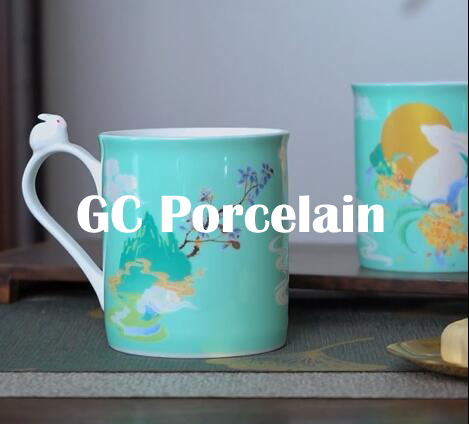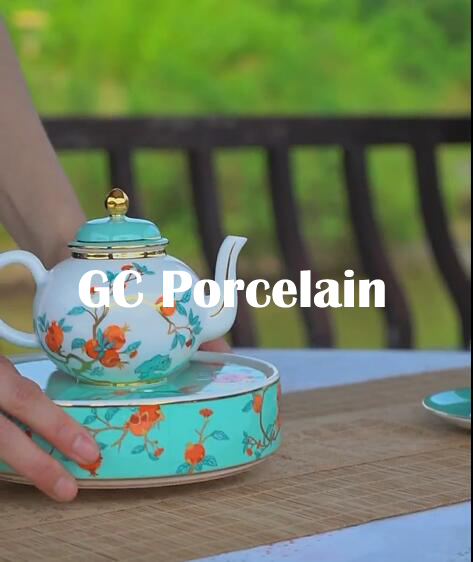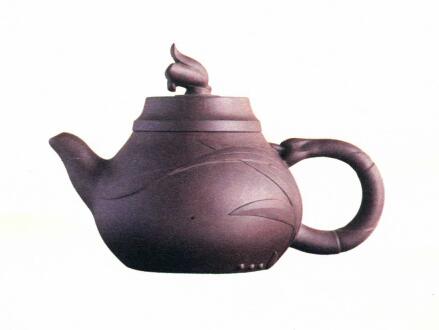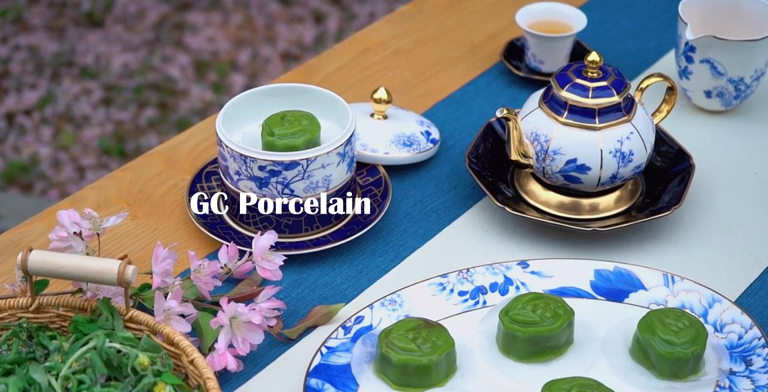Porcelain, also known as china, has been an integral part of Chinese culture for centuries. Its history in China dates back to ancient times, where it was highly prized for its beauty and functionality. In this article, we will explore the history, impact, and trade of porcelain in ancient China, including when it first came to China, its impact on Chinese society and culture, its various uses, and the trade of porcelain during the imperial era.

When Did Porcelain Come to China?
The exact origins of porcelain in China are shrouded in mystery, but it is believed to have been introduced during the Han dynasty (206 BCE-220 CE) or the Tang dynasty (618-907 CE). It is said that porcelain was first created by a Chinese artisan who accidentally mixed ground-up rock and clay together while making pottery. This mixture produced a new type of ceramic that was hard, durable, and translucent, with a smooth and delicate texture.
During the Tang dynasty, porcelain production reached its peak, with the development of high-temperature kilns and new glazing techniques. Porcelain was highly valued and was often used as gifts for foreign emissaries and dignitaries.
Impact of Porcelain on Ancient China
Porcelain had a significant impact on ancient Chinese society and culture. It was not only a practical item for everyday use, but it also had cultural and symbolic value. The creation of porcelain represented the Chinese emphasis on artistic expression and the importance of beauty in everyday life.
Porcelain production also contributed to the growth of trade and commerce in ancient China. Porcelain was a highly sought-after commodity, and Chinese porcelain was in high demand throughout the world. This demand led to the establishment of trade routes, such as the Silk Road, and the development of overseas trade with countries such as Japan, Korea, and Southeast Asia.
Uses of Porcelain in Ancient China
Porcelain had many uses in ancient China, both practical and symbolic. Some of the practical uses of porcelain included dinnerware, tea sets, vases, and other decorative items. Porcelain was also used for building materials, such as tiles and roof tiles.
In addition to its practical uses, porcelain had symbolic significance in Chinese culture. The white color of porcelain represented purity and elegance, while the translucent texture was associated with spirituality and the search for perfection. Porcelain was often used as a medium for artistic expression, with elaborate designs and patterns that reflected Chinese culture and history.
Porcelain Trade in Imperial China
During the imperial era of China (221 BCE-1911 CE), porcelain trade was highly regulated and controlled by the government. The production of porcelain was seen as a state monopoly, with the imperial court responsible for ensuring the quality and standard of porcelain produced in China. The imperial court also established trade routes and conducted overseas trade with foreign countries, such as Europe.
The porcelain trade in imperial China was highly profitable, and porcelain was a valuable commodity that was in high demand throughout the world. Chinese porcelain was highly prized for its quality, durability, and beauty, and it was often used as gifts for foreign dignitaries and royalty.

Conclusion
Porcelain has played a significant role in Chinese culture and history, and its impact can still be felt today. From its humble origins during the Han dynasty to its peak production during the Tang dynasty, porcelain has been a symbol of Chinese artistry and craftsmanship. Its practical uses, as well as its cultural and symbolic value, have made porcelain an integral part of Chinese society for centuries. The trade of porcelain during the imperial era contributed to the growth of trade and commerce in China and helped establish China as a major player in the global economy.
If you have any questions or need to custom dinnerware service, please contact our Email:info@gcporcelain.com for the most thoughtful support!






